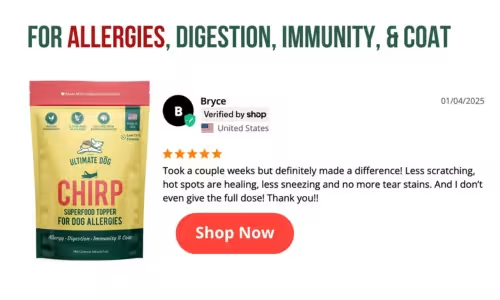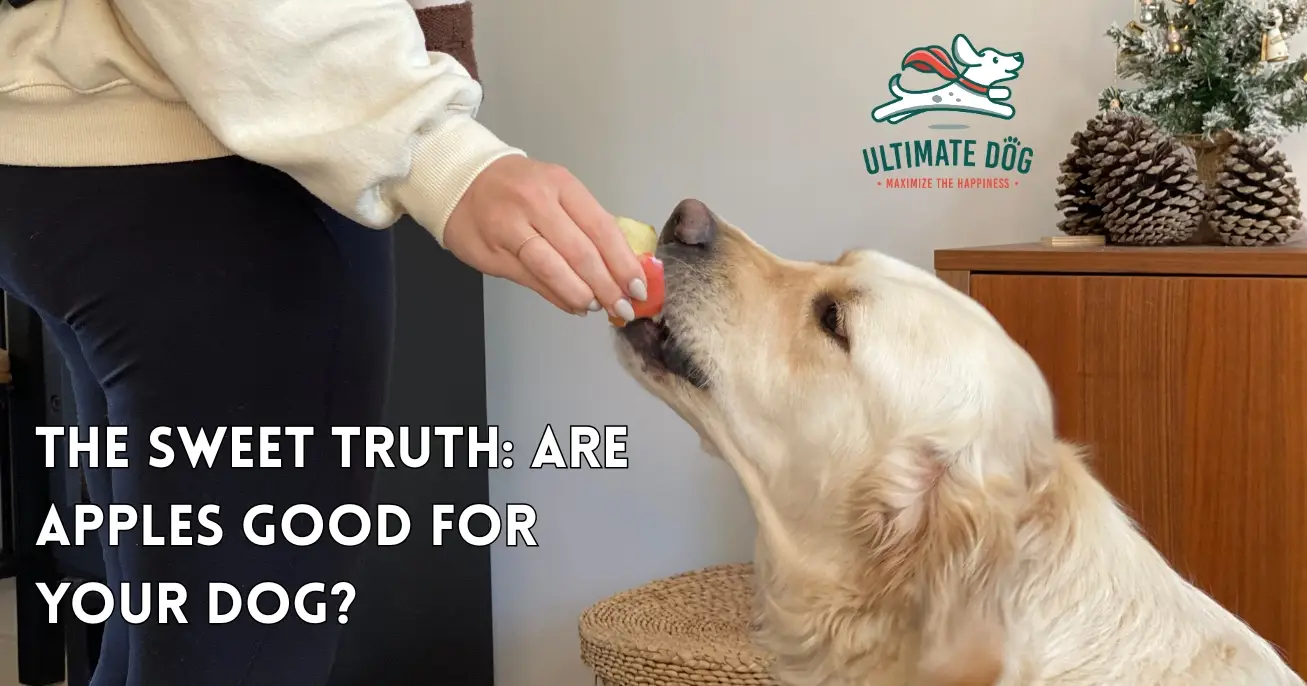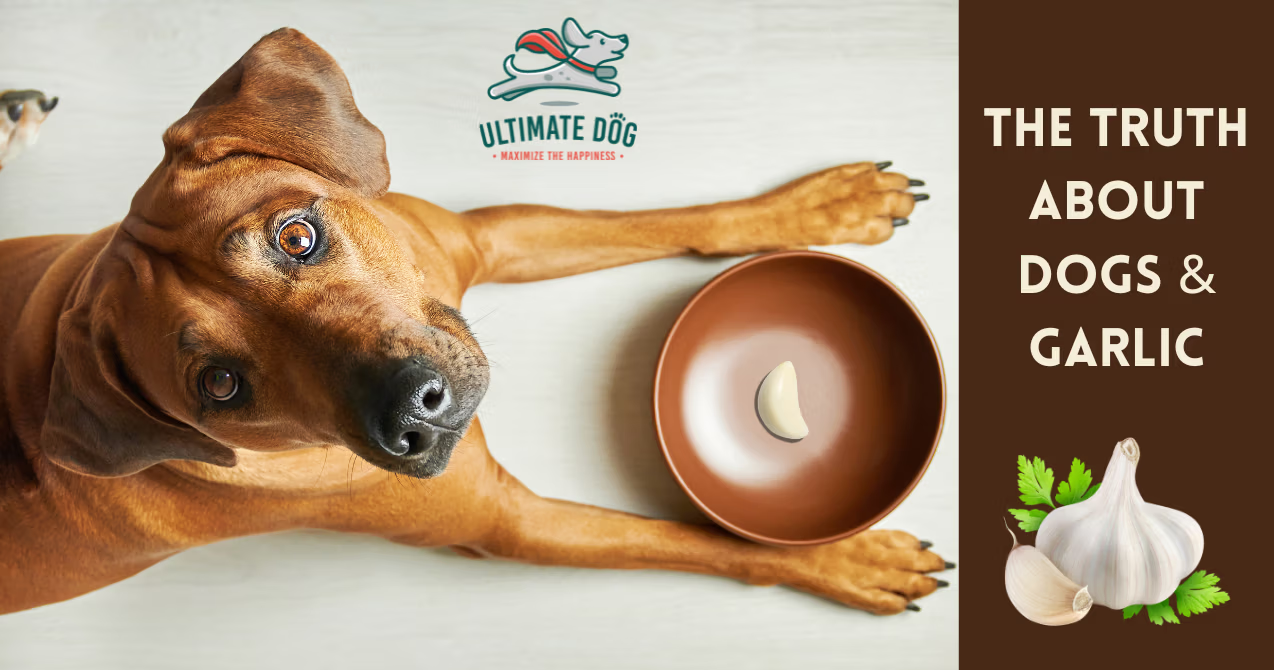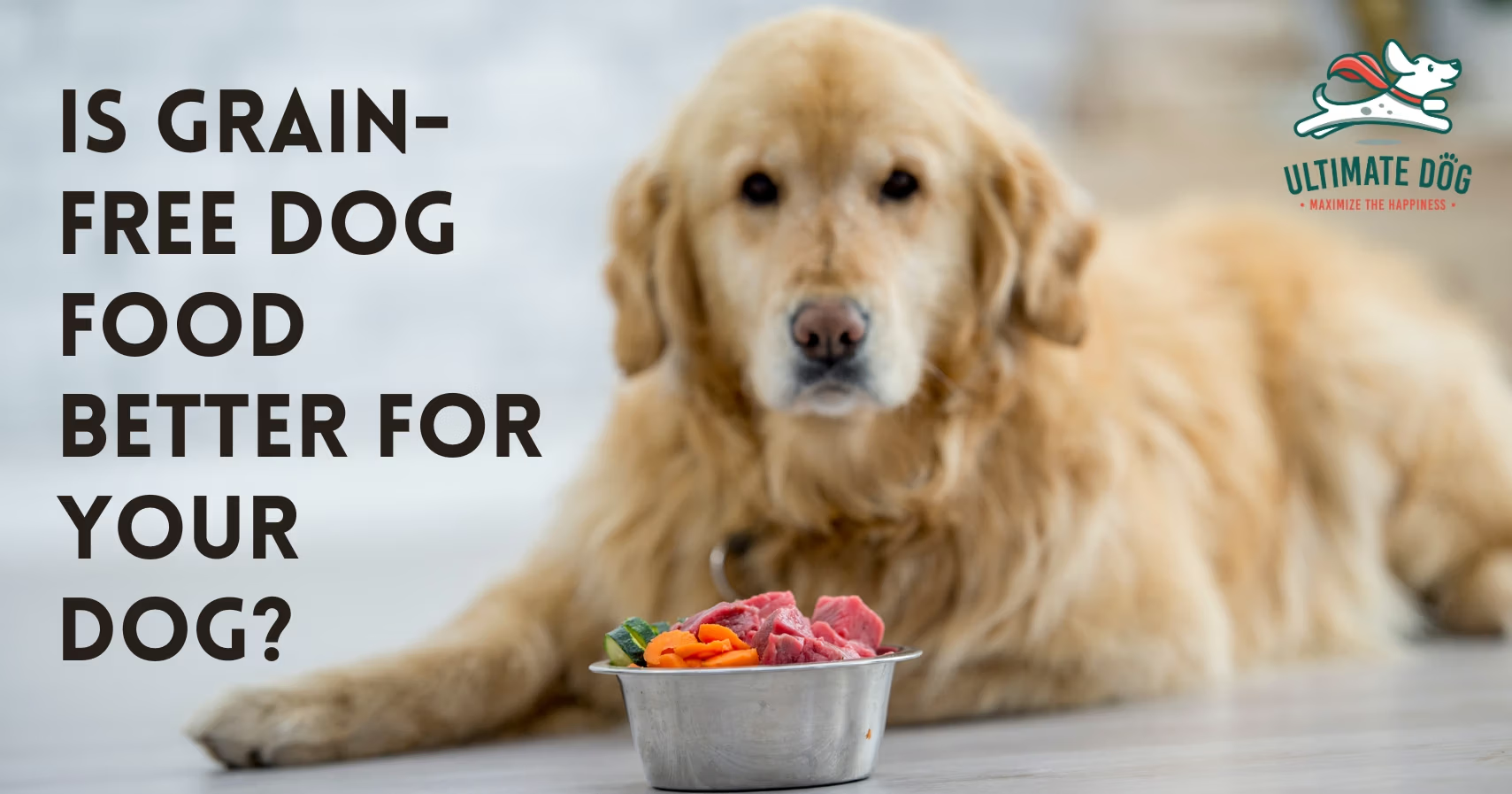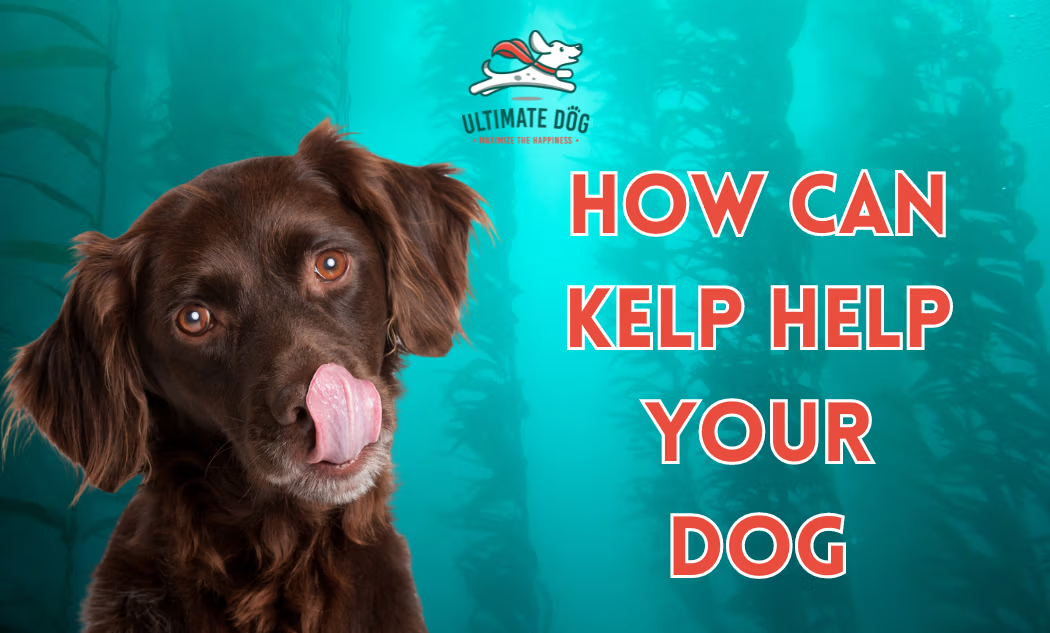You’ve seen it on the shelves at every pet store — the bone-shaped chew with a smooth and shiny texture that looks a bit like plastic, usually in dark beige or white color, sometimes with big knots at each end of the “bone.” That’s rawhide for dogs, a popular low-cost chew treat for dogs that over 30% of dog owners regularly purchase for their pets, according to U.S. statistics from 2015. But does popular equal safe? This article will help you understand the dangers hiding inside rawhide chews and provide a list of safer alternatives that actually contribute to your pup’s health and longevity.
A Bath Full of Chemicals: The Manufacturing Process of Rawhide
Rawhide for dogs is a byproduct of the leather industry. In the production of leather, the hide of an animal (mostly cow) is split into inner and outer layers. The outer skin layer is manufactured into leather, and the inner layer is left over. That leftover inner layer is then collected from tanneries and made into rawhide chews through a lengthy process that includes a lot of chemicals.
First, the hides need to be “cleaned up.” Today’s Veterinary Practice reports that “the hide may be processed in brine (salt), degreasers, detergents, sodium bicarbonate, hydrogen peroxide, lime, or other chemicals needed to remove hair or fat, kill pathogens, and improve the appearance.” After the chemical bath, the hide is washed, cut into appropriately sized pieces, shaped, and dried at a temperature between 65 to 85°C, anywhere from 24 to 48 hours.
This process alone doesn’t result in a yummy treat, as most dogs would naturally not see this chemically bathed dried skin as edible. That’s why artificial flavors are added to the mix, to make the rawhide more appetizing for the dogs. Another thing that’s added is paint and glue, which significantly improves the visual appearance of rawhide. If it doesn’t look nice and polished, dog owners won’t buy it.
On the shelf of a pet store, what you see is a perfectly shaped chew with a label that says “100% rawhide.” The labels don’t disclose the chemicals used in the manufacturing process, so most dog owners genuinely have no idea what goes into making their pet’s chew. And yet, when dogs chew and ingest rawhide, they are exposed to all of these chemicals! How many rawhide chews does an average dog get per week, per month? Think of the level of that exposure and what it could mean for your dog’s long-term health.
Poor Digestibility: A Danger for Intestinal Blockage
Another danger posed by rawhide is its poor digestibility. One study found that gastric digestibility (the part of digestion that happens in the stomach) of rawhide after 6 hours was only 7%! It increased to 41% after 18 hours. This means the majority of rawhide makes it past the stomach into the dog’s small intestines, potentially causing gastrointestinal blockages that require surgery. The full digestibility of rawhide, with small intestine digestion included, was shown by the same study to only be between 50-85%, further proving that if large chunks of rawhide are ingested, they’re not fully broken down by the dog’s G.I. system. That puts many eager and aggressive pet chewers at risk!
It’s worth noting that different types of rawhide chews have different digestibility, and there is no way for pet owners to know that information when they purchase a particular treat. Some rawhide “bones” could be ingested by the dog in oddly shaped chunks after being partially chewed up. If the partially digested chunk traveling through your dog’s G.I. tract is too sharp, it can result in punctures and serious damage to the dog’s stomach and intestines.
Rawhide for Aggressive Chewers: A Choking Hazard
Closely related to being poorly digestible is the fact that rawhide presents a serious choking hazard for dogs. Because of the way it’s made, rawhide tends to “melt away” as the dog is chewing on it. Rawhide is not as firm as a real bone, that’s why it’s easy for eager dogs to bite off full chunks and swallow them whole. You already know the problem that could be created in the G.I. tract, but it might become a problem before it even reaches the dog’s stomach. Just like people, dogs can choke. Things can be too large for them to swallow, and it can create a seriously life-threatening situation.
If you insist on giving rawhide to your dog, make sure you take it away before the chew gets so small the dog can fit the entire piece in their mouth. If your dog has a tendency to bite off whole chunks, take the chew away immediately. Risking your dog’s life is never worth it, let alone over a chew treat!
Rawhide Recall: Chemical Contamination
In 2017, United Pet Group (a large manufacturer of pet supplies) recalled multiple rawhide products sold in the U.S. due to a possible chemical contamination with quaternary ammonium compound mixture. Quaternary ammonium is used in disinfectants and preservatives. According to the FDA’s website, “the compound is an anti-microbial chemical that is approved for cleaning food processing equipment, but it has not been approved in the U.S. as a processing aid in the production of rawhide chews for dogs.”
Most rawhide sold in the U.S. is made elsewhere. United Pet Group’s manufacturing facilities were located in Mexico and Colombia, where the workers used quaternary ammonium in rawhide processing. They also admitted to having the same issue with one of their suppliers located in Brazil. The recall happened because the manufacturer received reports from dog owners that their pets had been falling ill with vomiting and diarrhea.
One of the most eye-opening things about this recall is that United Pet Group had to recall TEN different brands of rawhide chews! This once again brings us to the pet store shelf, where different rawhide products with different names, sold under different brand names, might, in fact, all be made by the same large company in the same facility. We’re being fooled into thinking we have a choice.
The Main Purpose of Rawhide Chews
The main purpose of rawhide for dogs is to satisfy their biological need for chewing. Naturally, dogs are wired to chew and gnaw bones. When bones are not available, they need to chew on something else. Chewing keeps them in a happier mindset and also keeps their teeth clean and healthy. Through this lens, rawhide serves its purpose, which is why so many dog owners continue to buy it — it keeps the dog busy and helps clean their teeth (to an extent). But … both of these things can be achieved by much safer and more natural chews that don’t jeopardize your dog’s long-term health.
We’ve reached a point now in our society where we are incredibly fearful of what is natural and overly trusting of what is not. We’re happy to buy bone-shaped artificial chews but hesitate to buy real bones that don’t need to be processed, painted, glued together, or reshaped to “look like bones.” Do you see the irony?
Rawhide Alternatives for Dogs
1 — Rawhide-free chews are NOT a good choice
Since the information about how rawhide is made has become public, some companies have lucratively decided to market their chew products as “rawhide-free.” But it turns out that they’re not a safer alternative after all. A study published in 2020 looked into the product labels of chew treats and compared them to their actual ingredients. Out of seven products labeled as “rawhide-free,” two were found to contain rawhide when tested in a lab. It’s obvious that we can’t rely on labels to tell the full story anymore. If two products for every seven are mislabeled, how can we possibly know which ones are completely rawhide-free? It’s an impossible lottery that we shouldn’t be tricked into playing.
2 — Raw bones are the best chew treat
Bones are the most natural chew you can offer to your dog, and there truly is no other chew on the market that could rival it. They stimulate the dog’s natural need to chew and gnaw, they clean their teeth, and they have nutritional value (which most other chews don’t). Many people see bones as unsafe by default, which is a huge misconception.
It happens because we don’t do enough research and give the wrong bones to our dogs. It’s an easy mistake to make — I’ll even raise my hand and admit that the first bone I’ve given to my very first dog was cooked. It wasn’t a good experience, so of course, I swore off bones for years … until I finally came in touch with good information that showed me what I did wrong.
Bones are a great and safe treat for your dogs ONLY WHEN they are raw, strong, and meaty. The bone also needs to be a good match for the size of your dog and the strength of his chewing. The bone should never splinter or break! If you’re new to bones or have concerns, please read this article on how to choose safe bones for your dogs. Remember that bones are nature’s pick for a chew treat!
3 — Antlers are eco-friendly and long-lasting
Antlers are a great alternative to rawhide chews. Like bones, they are completely natural. Deer and elk naturally shed their antlers every year, which makes them a wonderful, renewable resource that requires minimal disturbance to the ecosystem. Aside from being cut into various sizes for different types of dogs, they require no processing. My dogs absolutely love their deer antlers, and we got them directly from the forest. If you’re buying antlers from the pet store, it’s worth double-checking with the manufacturer to make sure they don’t clean the antlers with any chemical solutions.
Antlers are also incredibly long-lasting, especially deer antlers. They do slowly get smaller over time, as the dog gnaws on them, so once the antler is big enough to fully fit into the dog’s mouth, you need to take it away. Thankfully, they are fully biodegradable and won’t create unnecessary waste in landfills — you can compost them or dispose of them in a natural environment.
4 — Dried animal parts without major processing
This is a large umbrella category that includes all animal body parts that are sold as dried chew treats. Bully sticks, pig ears, rabbit ears, tracheae, and other similar products. Shaped exactly like the body part, they’re easy to recognize. They are absolutely a better choice than rawhide, but can’t be a complete replacement for bones or antlers.
They are usually softer and more chewy, lasting a significantly shorter time than bones. Most are safe to fully ingest, but still be careful with dogs who swallow whole pieces. Dried chews made from animal parts do go through some processing (at minimum, they are cleaned and dried), and it’s hard to know the exact manufacturing process for each of them, but it’s safe to say they’re not nearly as processed as rawhide.
Final Thoughts
Chewing is a natural behavior for dogs. It acts as a stress relief and contributes to healthier teeth and gums. All dogs, big or small, need to chew. It’s our job as dog owners to provide them with safe and biologically appropriate chew treats that don’t compromise their well-being. Rawhide is neither safe nor nutritious. It doesn’t offer anything that can’t be provided by much healthier, natural options. Yes, rawhide is cheap, but the vet costs it could lead to are far more expensive than any rawhide alternative. If you’ve been giving rawhide to your dog, it’s time to rethink that practice.
Sources
Gaylord, Laura. Raditic, Donna. “The Benefits and Risks of Chew Treats.” Today’s Veterinary Practice, 08/12/2023.
“United Pet Group Expands Voluntary Recall of Multiple Brands of Rawhide Chew Products for Dogs to Also Include Private Label Brands Due to Possible Chemical Contamination.” FDA, 06/02/2018.
Hooda, S. Ferreira, G. L. Latour, A. M. et al. “In vitro, digestibility of expanded pork skin and rawhide chews, and digestion and metabolic characteristics of expanded pork skin chews in healthy adult dogs.” Research Gate, 20/01/2015.
Stern W. Adam. Martin A. Laurie. “Microscopic examination of dog chews: correlation of histological findings to product labeling.” PubMed, 03/2021.

Luna’s passion for learning about canine psychology and behavior began when she adopted a severely reactive puppy from a local shelter. She is now a big advocate for positive reinforcement and compassionate training. As a writer, she strives to spotlight the topics that fly under the radar and be the voice for all who cannot speak for themselves.


